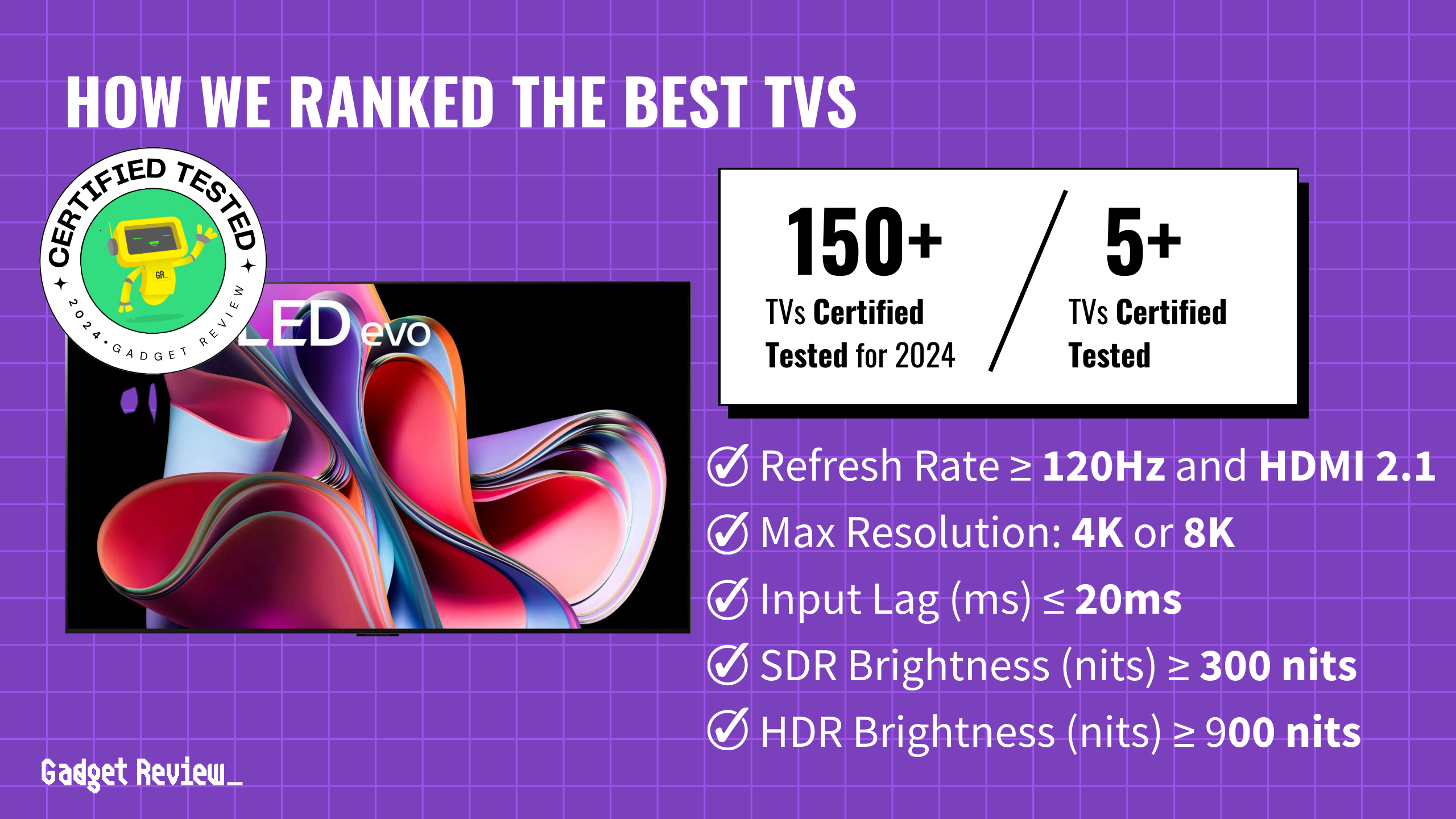In recent years, the automotive industry has introduced several features that have left many car enthusiasts feeling uneasy. From subscription-based services for pre-installed features to overly complex designs that hinder repairs, these changes are sparking debates about the future of car ownership. Let’s break down fifteen features that are raising eyebrows among consumers.
15. Biometric Access Systems

Features like fingerprint or facial recognition for vehicle access seem convenient, but they involve collecting and storing sensitive biometric data. This creates risks of identity theft and unauthorized access if the data is compromised.
Given the number of security breaches we’ve seen over the years, it’s easy to see why biometric access to a car would make so many people uneasy – one simple breach and vehicle locks become useless. Worse still, if cars ever switch to not needing fobs, just fingerprint or facial data to turn on, then car thefts will enjoy a new vogue.
14. Over-the-Air (OTA) Updates

While OTA updates can improve vehicle functionality, they also provide a potential avenue for malicious actors to remotely access and control vehicle systems. This could lead to safety risks and privacy breaches if not properly secured. Did you see Netflix’s “Leave The World Behind?”
13. Subscription Fees for Pre-Installed Features

One of the more frustrating trends in modern vehicles is the introduction of subscription fees for features that are already built into your car. Imagine having heated seats or a navigation system installed but being required to pay a monthly fee to use them. It raises important questions about ownership and whether we’re actually paying for the car or just the ability to use it.
The thought of needing to swipe a credit card just to unlock your car door feels more like renting than owning. This push for extra revenue streams from manufacturers is leaving many consumers feeling concerned about a future where even basic features come with an additional price tag.
12. Complicated Designs That Make Repairs Difficult

Modern car designs are increasingly favoring a sleek, minimalist aesthetic—often at the expense of functionality. Many vehicles now have one-piece panels or parts that are incredibly difficult for either the owner or a mechanic to access. What used to be a simple fix can now turn into an expensive and time-consuming ordeal.
This trend raises concerns about the right to repair. As cars become more complex, the ability for everyday people to fix their own vehicles diminishes. More and more, it feels like only authorized dealerships will be able to handle repairs, giving manufacturers even more control over consumers.
11. Fake Engine Noises in Electric Vehicles

As electric vehicles (EVs) grow in popularity, some manufacturers have started adding fake engine noises to mimic the sound of traditional cars. For die-hard car enthusiasts who appreciate the roar of a powerful engine, this feels like a gimmick.
While some might argue that the feature adds to the driving experience, many see it as unnecessary and inauthentic. Rather than embracing the quiet and efficient nature of EVs, these manufacturers are trying to recreate something that no longer fits—leaving potential buyers confused about what electric vehicles are really about.
10. Remote Key Start Vulnerabilities

Remote key start systems and smartphone apps that let you start your car remotely sound convenient, but they come with their own risks. With these tech-heavy features, hackers have found new ways to exploit vulnerabilities, potentially making it easier to steal your vehicle.
The idea that someone could take your phone and access your car is worrying, especially as technology continues to evolve. While these conveniences are appealing, they demand strong security measures, and many consumers are unaware of the risks they might be taking on.
9. Dealership-Installed Kill Switches and Tracking Devices

Perhaps the most controversial development in recent years is the installation of kill switches by dealerships. This technology allows them to remotely disable your vehicle if you fall behind on payments, which raises serious ethical concerns around consumer rights and privacy.
Imagine being on a family road trip and having your car remotely disabled because of a mistake or error on the dealership’s part. Add to this the rise of built-in GPS tracking systems, and you have a growing debate about privacy and how much control we really have over our own vehicles.
8. Engine Start-Stop Systems

Engine start-stop systems are intended to save fuel by automatically shutting off the engine when the vehicle is stopped, like at a traffic light. While it sounds great on paper, the reality can be far less appealing. The system can often feel jerky, creating a frustrating driving experience when the engine repeatedly stops and starts as you lift your foot off the brake.
The minimal fuel savings come at the cost of potential long-term wear on the engine, and for many drivers, the disruption to a smooth ride just isn’t worth it.
7. Touchscreen Climate Controls

Replacing traditional knobs and buttons with touchscreen controls may give your dashboard a sleek, modern look, but it’s not always practical. Adjusting the temperature or fan speed can be a hassle when you have to take your eyes off the road to find the right spot on the screen.
On top of that, touchscreen controls are prone to glitches. Picture a cold winter morning where the screen is unresponsive, and you can’t turn on the heat. For many drivers, the ease and reliability of good old-fashioned knobs just can’t be beat.
6. Run-Flat Tires

Run-flat tires allow drivers to continue driving even after losing air pressure, eliminating the immediate need for a spare tire. However, these tires come with their own set of challenges. They’re often more expensive than regular tires and tend to wear out faster. Plus, they don’t offer the smoothest ride, which can make driving a bit less comfortable.
If a run-flat tire gets punctured, it can’t simply be patched up like a regular tire—it has to be replaced entirely, which adds to the expense. Many drivers find that sticking with traditional tires and carrying a spare is a better, more cost-effective option.
5. Extensive Data Collection via Infotainment Systems

Modern infotainment systems collect vast amounts of personal data, including contacts, music preferences, and even conversations. This data can be used to create detailed user profiles, potentially revealing sensitive information about religious affiliations, sexual orientation, and personality traits
While infotainment systems offer all-in-one solutions for listening to music, using GPS navigation and sending/receiving phone calls, the amount of personal data associated with many of these systems begs the question: “how much data does a company really need?”
4. Low-Profile Tires

The trend of outfitting cars with low-profile tires and large wheels may look great, but it comes with trade-offs. These tires are more vulnerable to damage from potholes and rough roads. The firmer ride can also make for a less comfortable driving experience, especially on longer trips.
Beyond comfort, replacing these low-profile tires can be a lot pricier than standard options. If you want to avoid those costly repairs and enjoy a smoother ride, opting for smaller wheels with thicker tires is often the smarter choice.
3. Driver Attention Monitoring

Driver attention monitoring systems, designed to reduce distracted driving, track where you’re looking and will beep or flash a warning if you take your eyes off the road for too long. While the idea is good, many drivers find the execution to be annoying. The system tends to overreact, often beeping at the slightest glance away from the road, which can become distracting in itself.
Although the goal is to improve safety, the constant interruptions can make drivers more irritated than alert, leading many to simply turn off the feature.
2. Vehicle-to-Everything (V2X) Communication

This technology allows cars to communicate with other vehicles and infrastructure, promising improved safety and traffic flow. However, it also creates new attack surfaces for hackers and raises concerns about location tracking and data interception.
While the benefits seem to be worth it, and can (in theory) help reduce traffic accidents, cut down on travel times, and overall improve the driving experience, until these new threat surfaces are adequately protected, V2X communication will remain a very concerning new tech on vehicles.
1. Automatic Transmissions with Electronic Selectors

Many newer vehicles have moved away from traditional mechanical gear selectors in favor of electronic ones. While some drivers appreciate the modern feel, these systems can be confusing, particularly for people who drive multiple cars with different setups.
The added complexity can make gear changes frustrating, especially if you’re used to a more straightforward approach. For drivers who prefer a simpler, more intuitive experience, sticking with traditional gear selectors might be the way to go.




























